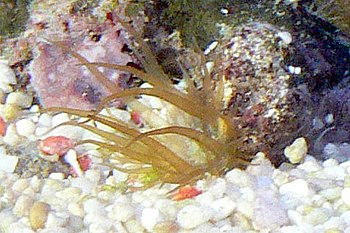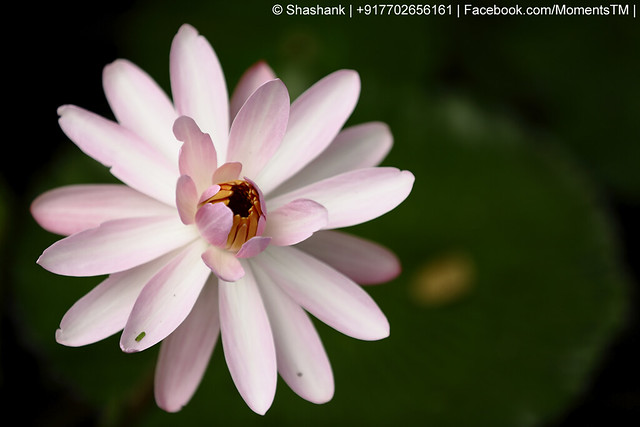 |
| Red-tailed black shark (Epalzeorhynchos bicolor) (Photo credit: Wikipedia) |
Red-tailed black sharks or Epalzeorhynchus bicolor belong to the family Cyprinidae. This family of fish is also known as Cyprinids. In layman's term, the red-tail is a member of the carp family. The red-tailed black shark was native to Thailand. But sadly, they are now extinct in the wild. All the red-tails available in fish stores today are commercially raised products of the aquarium trade industry.
Red-tails black sharks, of course, bear no relation to sharks. Their name is purely descriptive. They have a black, torpedo-shaped body with a profile reminiscent of that of sharks. This includes a sharp triangular shaped dorsal fin. Their bright red caudal fin (tail) completes their visual appearance and name.
As with any member of the carp family they are primarily bottom dwelling scavenger fish. Scavenger fish can be identified by their downward pointed mouths with varying sets of barbels on either side. Barbels are whisker-like sensory organs that contain taste buds much like your tongue. Their primary function is for locating food. They serve a secondary function of enabling the fish to find its way along riverbed basins at night or in murky water.
Red-tails are generally considered compatible in community tanks. Interspecies conflicts are rare. But a more robust fish such as barbs, larger tetras, and the less timid cichlids, are a good choice as tank-mates. As with most bottom dwellers, it is a good idea to provide rock work or hollow aquarium décor for resting and hiding.
When it comes to cohabitation with members of their own species they tend to become extremely territorial; especially the males. The dominant male will often chase the submissive male around. They have been known to harass their less dominant counterpart depriving them of any chance to rest or eat. This often results in the death of the submissive red-tail. Fellow bottom dwellers have also been known to bring out the red-tails territorial instincts. They may become combative with red-finned sharks and Siamese algae eaters. So if a red-tail is your scavenger of choice it is a good idea to allow him to be the king of his substrate domain.
Red-tails have a much wider tolerance range to pH levels than most other fish. Anywhere from 6.5-7.5 will suffice. Acceptable water temperatures are 72-79 °F. They can reach 5 inches. They don't tend to grow as long in smaller aquariums. Females are typically a little smaller than males. Their life expectancy is up to six years.
Red-tailed are omnivores. They can usually fend for themselves just fine with food scraps on the aquarium substrate. However, food such as sinking wafers will ensure their nutritional needs are meant.
The spacious environment of fish farms produces enough of these fish to keep their prices very reasonable at your local retailer or online fish-mart. This is a good thing since they are extinct in their natural habitats and rarely breed in aquariums. Their innate aggressive behavior and the aquarium owners' tendency to purchase a single scavenger fish undoubtedly contributes to this rarity.
The latest trend among Saltwater Tank enthusiasts is raising pet jellyfish. Jellyfish need specially designed Jellyfish Fish Tank Aquariums. Jellyfish tanks are easier to maintain than traditional saltwater setups. Moon Jellies are the most popular jellyfish among home aquarists both for their exotic beauty and their ease of care. They have become so popular that two US-based websites are now tank raising them to meet the growing demand. Pet Moon Jellyfish look absolutely incredible under a fading LED lighting system. Article Source: EzineArticles |







